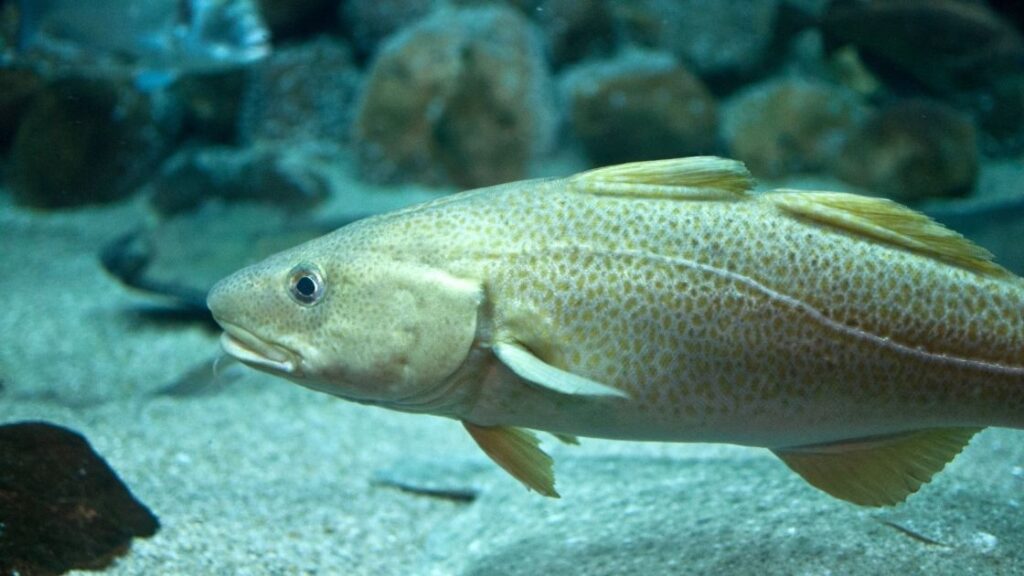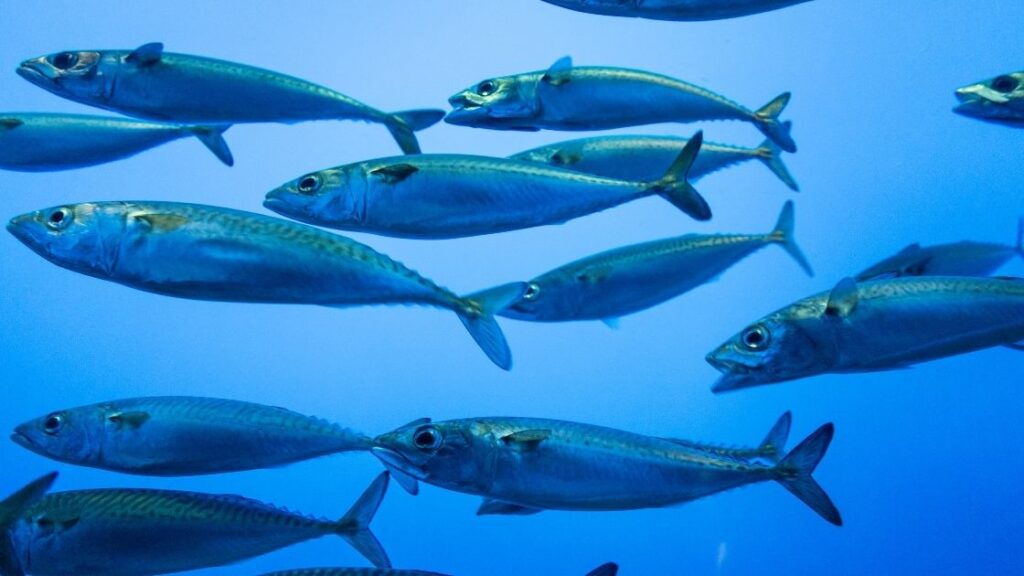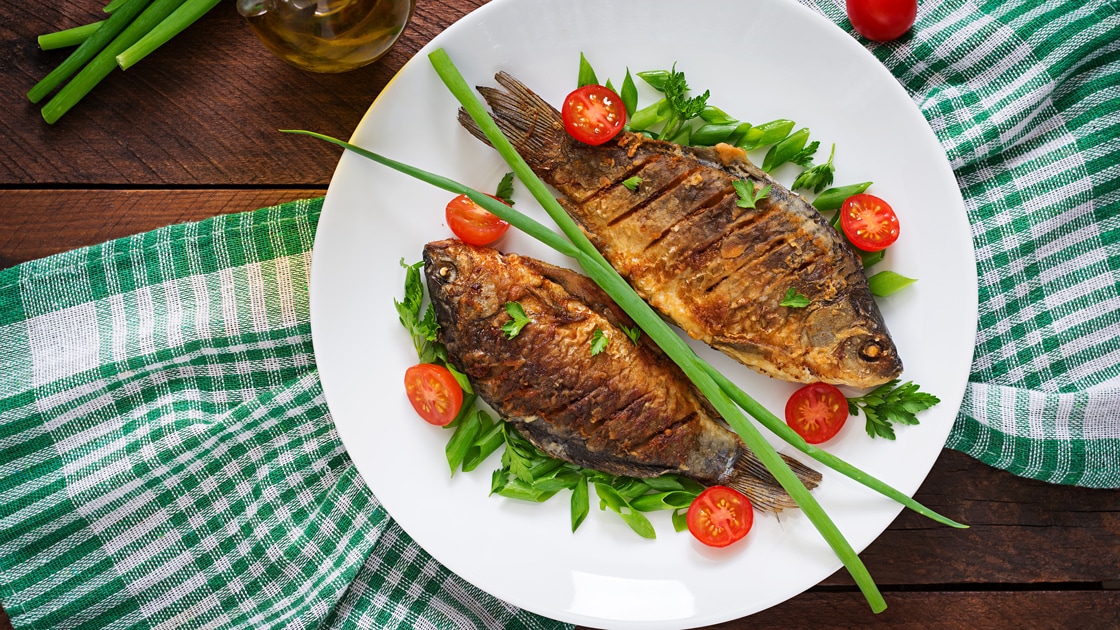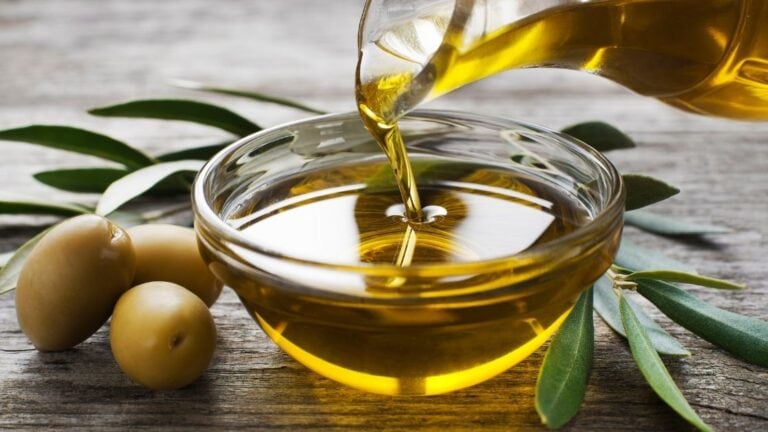- It is a healthy meat option that promote weight loss due to its high protein content
- Wild salmon is a recommended choice for weight loss as it contains more omega-3s
- Tuna, rainbow trout, halibut, mackerel, and cod are other low-fat fish options
- Fish oil rich in omega-3s can help reduce hunger, increase metabolism, and promote muscle growth
- Cooking methods like pan-frying, baking, or air frying are healthier alternatives to deep-frying fish
No matter how the years go by, the age-old truth remains that fish is also known to be one of the healthiest meats on the market.
It is also so much more than just being one of the most beneficial protein sources for your diet – many who hope to shed a few pounds also consume healthy fish for weight loss.
It’s jam-packed with essential nutrients, like omega-3 fatty acids, and is an excellent source of protein to keep your body lean and help you maintain strong muscles.
Eating different types of fish also helps support other organs, including your brain and liver, and can even improve your sleep.
Fish are full of vitamins and minerals, including B vitamins, iron, and zinc.
All of these desirable properties aside, research now shows it doesn’t impact your waistline when consuming oily fish.
So, if you’re looking to drop a dress size, make sure you’re incorporating low-fat fish into your diet to reap the health benefits of fish for weight loss.
We know you are eager to find out more, so keep reading to find out the best fish for weight loss and the healthy way to fry fish to get the most out of this protein.
Which Fish Are Good when trying to lose weight?
Fishes are really good for health.
Fish contain healthy fats and omega-3 fatty acids. You can make many healthy fish recipes with raw fish.
These fish recipes are far better than red meat and chicken. Let’s learn about some healthiest fish that contain omega-3 fats.

- Wild salmon – while all types of salmon contain omega-3 fatty acids, to get the most out of your salmon, it’s advisable to choose wild salmon rather than farmed salmon. Wild salmon tends to contain more omega-3s and vitamins and has less saturated fat. The higher levels of nutrients prove increasingly beneficial for your heart. Additionally, salmon is an excellent source of vitamin D and calcium!

- Tuna – Tuna is another low-fat fish high in vitamins and protein. A 100-gram (g) portion of skipjack tuna contains 22 g of protein. It is a fish that’s usually safe to consume in moderation. We should be aware that there are different kinds of tuna, and their mercury contents vary. Tuna fish containing higher volumes of mercury should be consumed with limitations. This includes canned white or albacore tuna, compared to canned light or skipjack tuna, which is safer.

- Rainbow trout – Most trout are the product of farming in freshwater ponds and concrete raceways, which imitate a flowing river. Due to these governing regulations, farmers use fewer chemicals, which results in healthier fish with lower mercury levels. Farmed rainbow trout includes 19.94 g of protein per 100 g and 4.30 micrograms (mcg) of vitamin B-12.

- Pacific halibut – Halibut is a white, firm fish with a mild flavor. It may be a good selection for people who do not particularly enjoy the fishiness on their taste buds but would like to include it in their diet. Halibut contains 18.56 g of protein per 100 g portion and contains a healthy quantity of potassium and vitamin D, making it a good fish for weight loss.

- Mackerel – this is a firm, white fish with a strong flavor. It tends to have higher omega-3s and vitamin B-12 dosages than other kinds of fish. Smaller-sized varieties, such as Atlantic and Spanish mackerel, are healthier options because larger fish tend to contain higher levels of mercury. This fish also can be bought pickled or smoked. However, this may increase the sodium content of the fish, so people should check for this on food labels. Fresh fish is of course, always the healthier option. Mackerel is also known as dietary fish.

- Cod– This is a flaky, white fish that is a good source of phosphorus, niacin, and vitamin B-12. Cod is high in protein but low in fat and calories, making it an ideal choice for healthy weight-loss meals. Codfish is a very oily fish, and you can find its oil supplement in pharmacies. These fish oil supplements are very good for cardiovascular disease. Lean fish like COD is one of the best healthy diet sources.

- Sardines – these oily fish offer plenty of nutritional benefits. Sardines are also packed with rich nutrients like calcium, iron, selenium, vitamin B12, and omega-3 fatty acids. Sardines are freshly available but are more commonly available, canned or frozen. However, the canned options do contain more oils and sodium for preservation, so fresh may be the healthier option.

- Herring – Herring is a member of the sardine family and is a beneficial source of omega-3 fatty acids. It provides 17.96 g of protein and 13.67 mcg of vitamin B-12 in each 100 g portion. This is another example of a fish that can be bought pickled or smoked and therefore has a higher sodium content, which people should be aware of when planning meals.
Why Healthy Fish Fat Does not Increase Fat in the Body
Fish oil is rich in omega 3s EPA and DHA, which are crucial for many important body functions.
Other sources of these two omega-3s include fatty fish, seafood, and algae.
The research found that these fish oil omega-3s may aid people in losing weight in several ways.
The first effect involves reducing hunger and appetite.
This may be particularly valuable for those who are following weight-loss diets, which sometimes lead to increased pangs of hunger due to the deprivations and exclusions of certain plans.
A study conducted took healthy people on a weight loss diet and split them into two groups.
They allowed 1 group to consume fewer than 0.3 grams and another group to consume more than 1.3 grams of fish oil which is rich in omega-3 fatty acids.
The group consuming higher amounts of fish oil reported feeling significantly fuller up to two hours after a meal.
Another benefit of fish oil omega 3s is that they assist you in losing weight by increasing your metabolism.
Increasing your metabolic rate means you burn more calories, and it becomes easier to burn off the unwanted weight.
A study reported that when young adults took 6 grams of fish oil per day for 12 weeks, their metabolic rates increased by around 3.8%
Another study showed that when healthy older women took 3 grams of fish oil per day for 12 weeks, their metabolism increased by around 14%, comparable to burning an extra 187 calories per day.
A more recent study found that when healthy adults took 3 grams of fish oil per day for 12 weeks, their metabolic rate increased by an average of 5.3%, allowing them to burn much more calories than they normally would.
The studies reporting increases in metabolic rates also detected an increase in muscle mass.
Muscle burns more calories than fat; hence, an increase in muscle mass may explain the higher metabolic rates witnessed in the research conducted.
Consuming fish oil may also amplify the calories you burn during exercise, further boosting its effects.
Fish oil may help you adjust from using carbohydrates to fat as a source of fuel when exercising.
This finding may clarify why some studies have found that taking fish oil supplements in conjunction with exercise was more effective at reducing body fat than exercise alone.
Fish oil may additionally help you lose more fat or inches without actually reducing your weight on the scale – it simply replenishes your fat stores with lean muscle mass.
Best Fish Diet for Weight Loss
The best fish that help you lose weight includes a healthy variety of fish for any palate.
The list includes;
- Halibut
- Oysters
- Wild salmon
- Scallops
- Light canned tuna
- Pacific cod.
Best Way To Eat Fish For Better weight Loss results
Fried fish is yummy, for sure!
Pan-frying is considered healthier for fish than deep-frying because of the smaller amounts of oil it uses.
Furthermore, it’s best to choose an oil that adds healthier fats and is stable at high heat for frying.
Olive oil, for example, is one healthy option.
Air frying is, of course, another healthy option, as long as you stay away from deep-frying!
Baked fish is of course, another healthy alternative to frying.
Why Eat Low Fat Fish for Weight Loss?
Lean seafood has fewer calories than the fatty kind and replenishes your diet with lots more protein.
For example, low-fat fish like tilapia, cod, flounder, and sole have fewer than 120 calories in a 3-ounce portion while providing your body with much more protein needed for many functions and muscle building.
Eat Every Fish for Thought
With so many amazing benefits to your body and overall nutrient intake, with evidence that fish for weight loss works, maybe it’s time to consider incorporating something fishy into your diet.
And just in case that wasn’t enough to fully convince you, research also proves that including fish in your diet lowers the risk of heart disease, reduces the risk of Alzheimer’s disease, helps lower symptoms of depression, helps improve vision and eye health, helps improve concentration and attention span and also helps you sleep better.
With so many health benefits and weight loss properties, why not swap to a bite from the ocean?
Stay tuned!









